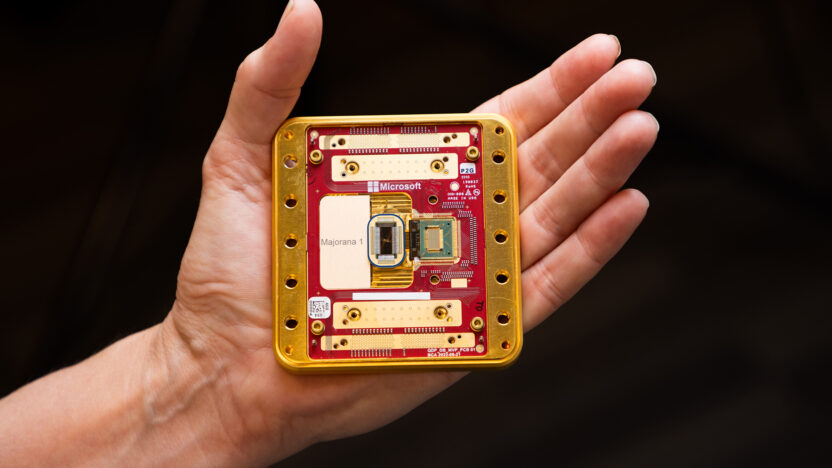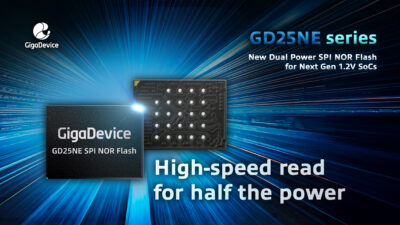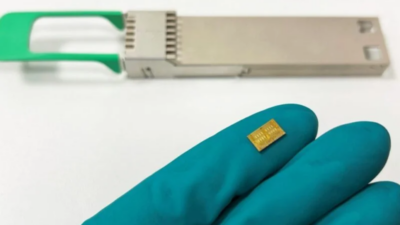Microsoft has thrown its hat into the quantum computing ring with the Majorana 1 chip, a pioneering piece of technology unveiled on February 19 that could reshape the future of computation. Named after the elusive Majorana particles it harnesses, this chip—officially dubbed the “Topological Core”—represents nearly two decades of research and a bold bet on a new kind of quantum architecture. With the promise of unprecedented stability and a path to massive scalability, Microsoft is positioning itself as a serious contender in the race to build a practical quantum computer.
At the heart of the Majorana 1 are topological qubits, a departure from the fragile qubits found in most quantum systems today. These qubits rely on Majorana zero modes (MZMs)—particles that are their own antiparticles, a concept first proposed by Italian physicist Ettore Majorana in 1937. Microsoft has engineered a unique material called a “topoconductor” to make this possible, blending indium arsenide (a semiconductor) with aluminum (a superconductor) to create a stable environment for MZMs. The result? Quantum information is stored across pairs of these particles, making it remarkably resistant to disruptions like heat, vibrations, or electromagnetic noise—common culprits that destabilize other quantum systems.
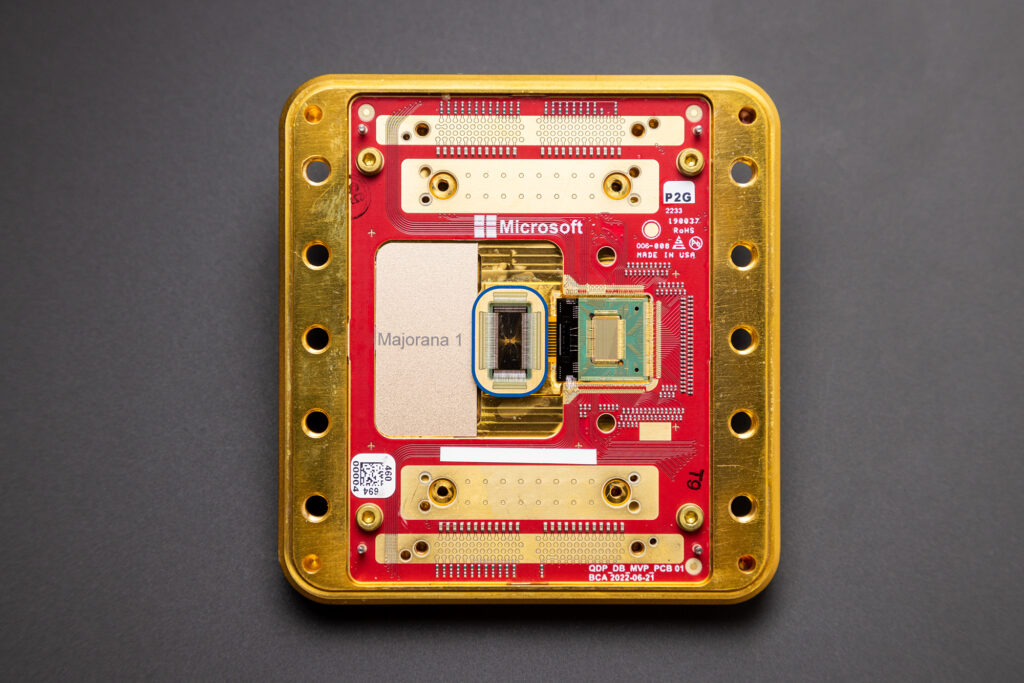
So far, the Majorana 1 boasts just eight topological qubits, a modest number compared to heavyweights like IBM’s 1,121-qubit Condor or Google’s 105-qubit Willow. But Microsoft isn’t playing a numbers game—at least not yet. The company emphasizes that its qubits are of a higher quality, achieving an error rate of around 1% in state measurements. While this falls short of the sub-0.1% error rate required for fully fault-tolerant quantum computing, it’s a significant leap forward for a nascent technology. “We’re not just building qubits; we’re building a foundation,” a Microsoft spokesperson said, hinting at bigger things to come.
The real game-changer lies in the chip’s potential scalability. Unlike traditional quantum computers, which rely on intricate analog controls that become unwieldy as qubit counts grow, the Majorana 1 uses digital controls—think on/off switches rather than fine-tuned dials. Microsoft claims this approach could one day pack a million qubits onto a single chip the size of your hand, a scale they say is necessary to tackle humanity’s toughest challenges. Imagine breaking down microplastics into harmless compounds, designing self-healing materials for infrastructure, or accelerating drug discovery for personalized medicine—these are the kinds of problems Microsoft envisions solving with a mature version of this technology.
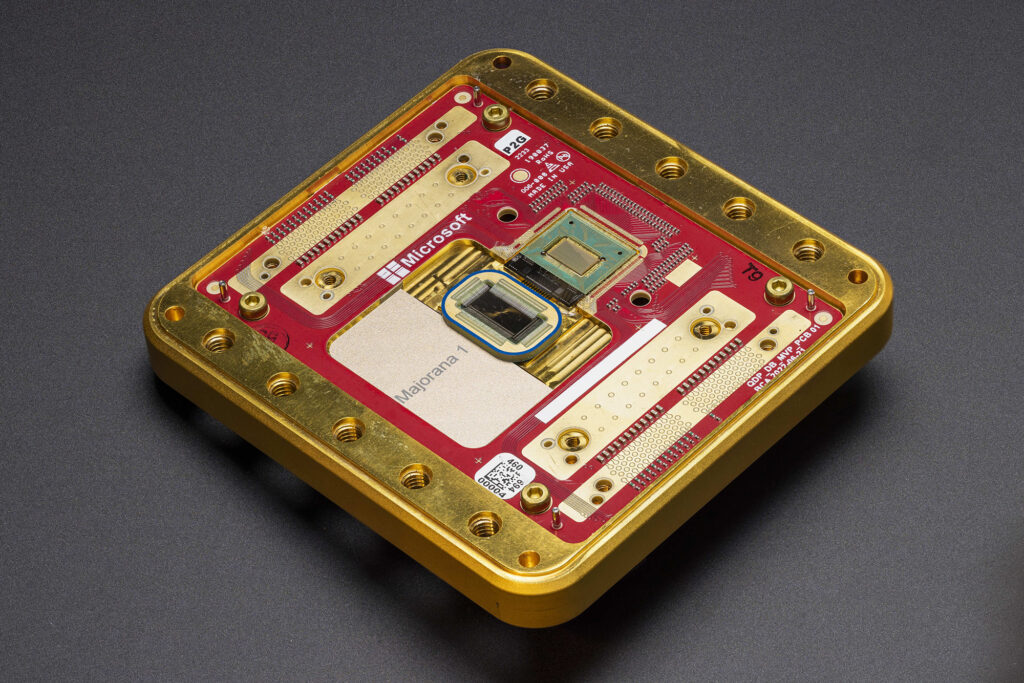
This isn’t just a chip; it’s a new state of matter. The Majorana 1 hinges on topological superconductivity, a phenomenon Microsoft had to invent to bring this vision to life. That journey began nearly 20 years ago, fueled by a high-risk, high-reward philosophy that’s now paying off. The U.S. Department of Defense has taken notice, recently selecting Microsoft for the final phase of a DARPA quantum computing program, signaling confidence in the technology’s strategic potential.
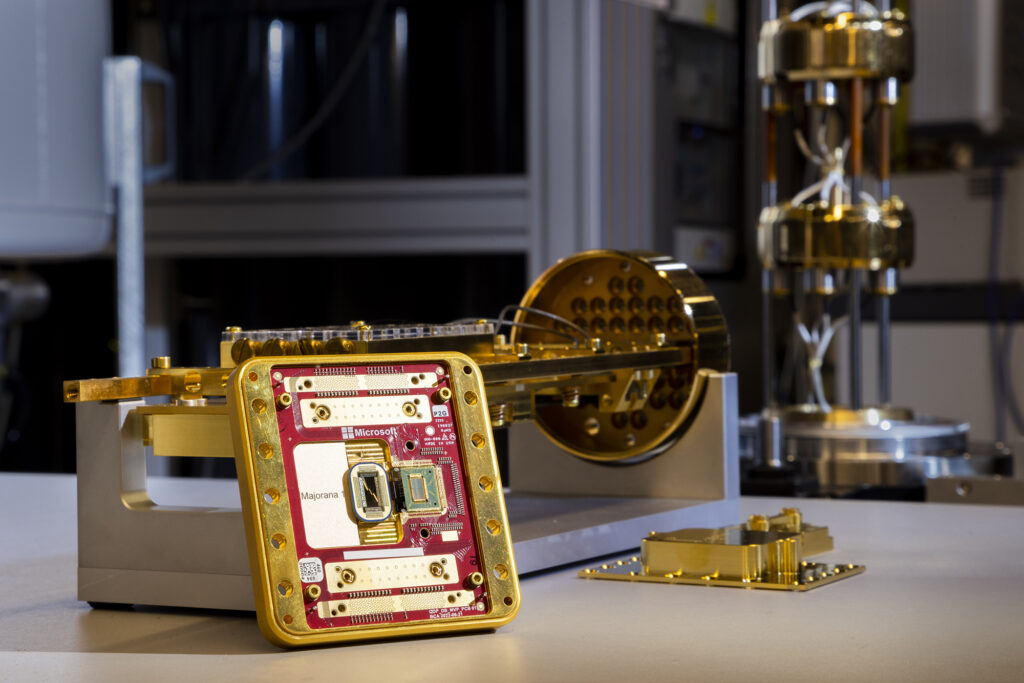
For now, the Majorana 1 remains a research tool, not a commercial product. Critics point out that eight qubits won’t solve complex problems anytime soon, and the road to a million qubits is fraught with unknowns. Still, Microsoft is optimistic, projecting that industrial-scale quantum computing could arrive in “years, not decades.” If they’re right, the Majorana 1 might just be the spark that ignites a quantum revolution.
“We’ve built something the world has never seen before,” said Dr. Zoe Carter, a lead researcher on Microsoft’s quantum team. “This is only the beginning.”
more information: news.microsoft.com


